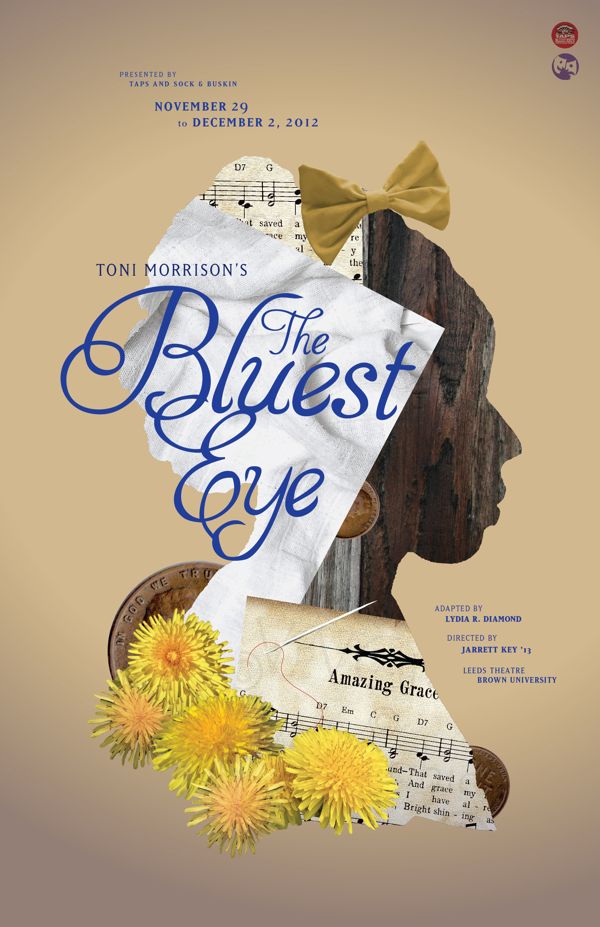




‘ Celie distrusts a white male God because he does not listen to ‘poor colored women. Logically however, one must ask… what interest does the white God (who is especially portrayed in Afro-American writings such as The Color Purple and The Bluest Eye as a further extension of Patriarchal values) have in black people? Moreso, if the Christian bible is so heavily influenced by white man, what interest does the God it portrays have in black women? In The Color Purple, Celie’s original intended audience is a white, male God who does not listen to her prayers, and her letters remain anonymous.Ĭelie explains that she stopped writing to God because he gave her ‘a lynched daddy, a crazy mama, a lowdown dog of a step pa and a sister probably won’t ever see again. Humble yourself and cast your burdens to God’ they say, for ‘He will make all wrongs right’. However, in the Euro-influenced Christian religion especially, directly after ‘finding one’s self’, one is called to deny one’s self in the name of a white ‘God’. Religion is believed by many to serve as a means to achieving or finding self or identity. Providing an in depth analysis of these texts, this essay attempts to illustrate how both of these Afro-American writers depict and resolve their respective protagonists’ struggles. The search for self-identity and self-knowledge is not an easy task, even more so when you are a black woman and considered a mule and a piece of property. The texts I have chosen illustrate the hazards of Western religion, Rape, Patriarchal Dominance and Colonial notions of white supremacy an intend to show how the protagonists of Alice Walker‘s The Color Purple as well as Toni Morrison‘s The Bluest Eye, cope with or crumble due to these issues in their struggle to find their identities. Therefore, this paper will attempt to provide a focus on color symbolism that has not been explored in other literary reviews.In African-American texts, blacks are seen as struggling with the patriarchal worlds they live in order to achieve a sense of Self and Identity. Although these themes warrant the attention that has been given them, little or no focus has been given to the prevalence of color symbolism that Morrison employs in both novels. The literary criticism of The Bluest Eye has mainly focused on issues of race, class, and gender and the effects that these issues have upon black and white societies in America. A vast majority of the literary critiques of Sula have focused on either Sula as a scapegoat for the community, Morrisons use of race, gender, and sexual themes, or the characterizations throughout the novel. Moreover, the color symbolism and symbolic archetypes that Morrison employs in both novels, but to a greater extent Sula, are a direct reflection of her awareness of the African ancestral heritage and spirituality associated with those colors and archetypes. This study examines Toni Morrisons use of symbolism in Sula and The Bluest Eye, especially archetypal and color symbolism, in an effort to recover the culture that has been lost to Diasporic Africans. It's all about color: an analysis of color symbolism in Toni Morrison's Sula and the bluest eye, 2011


 0 kommentar(er)
0 kommentar(er)
